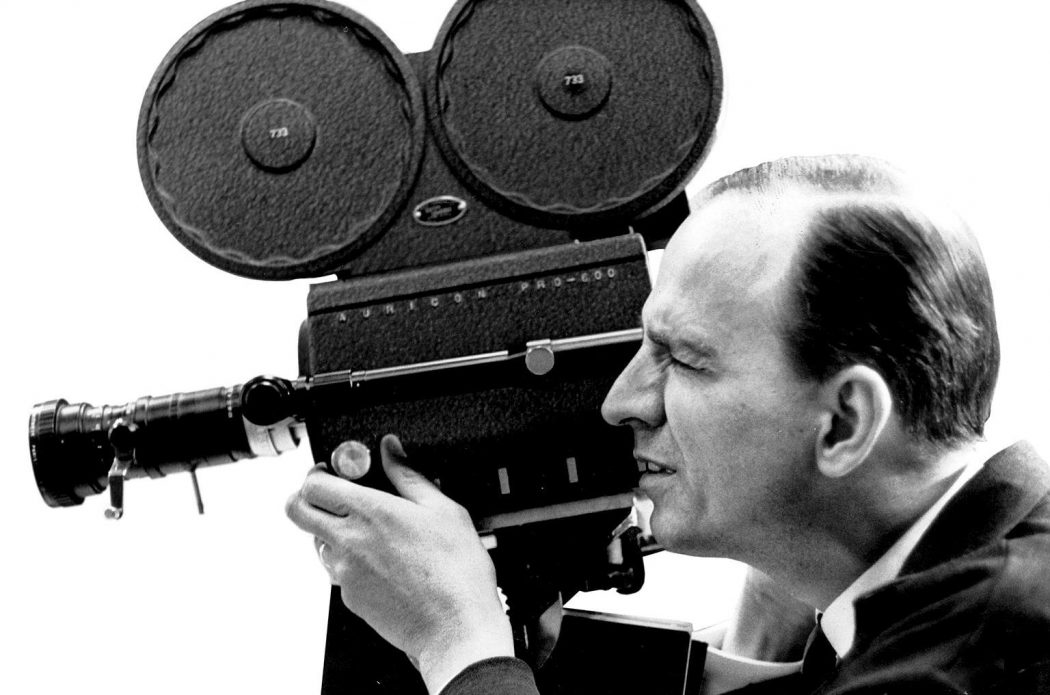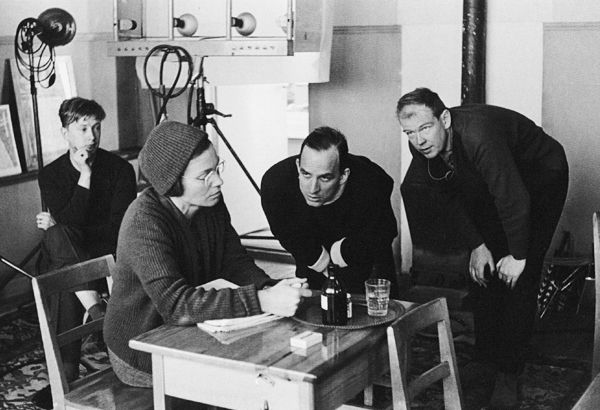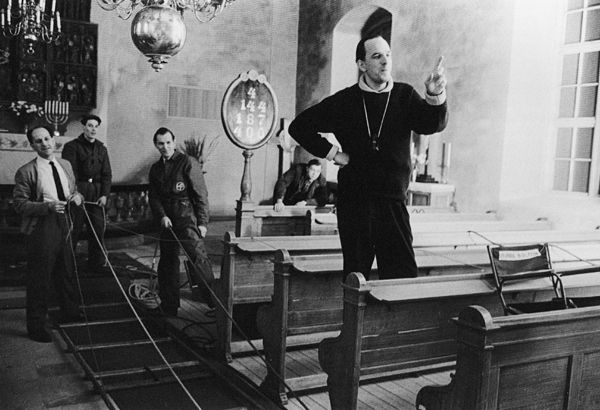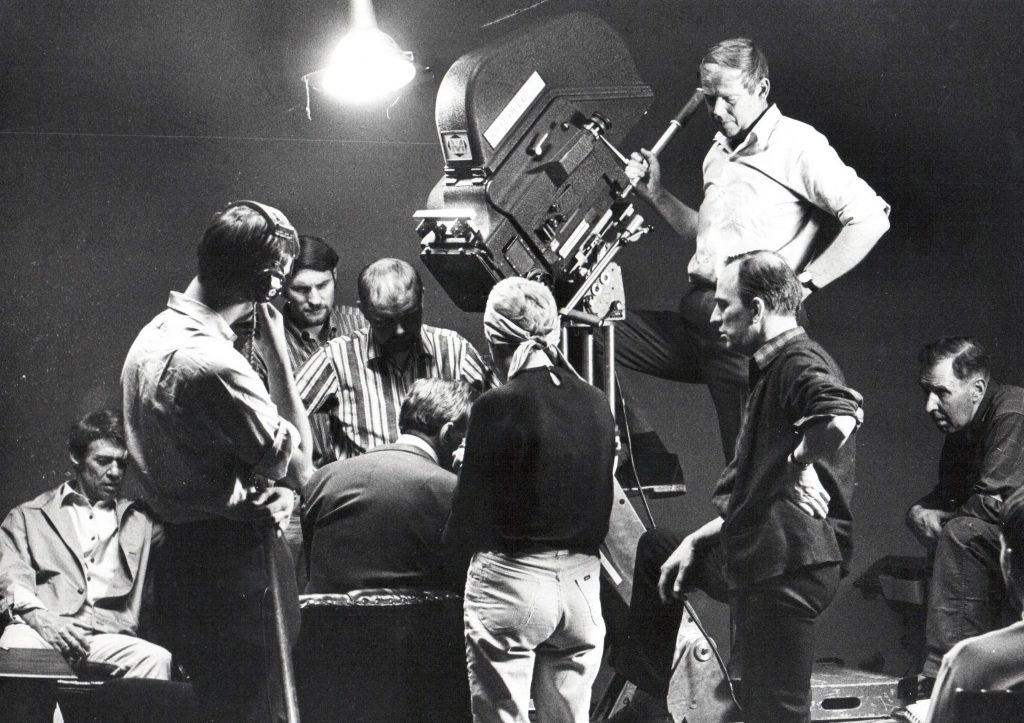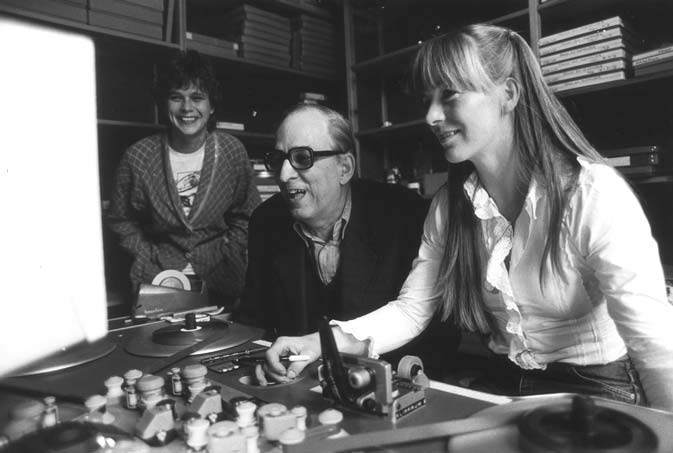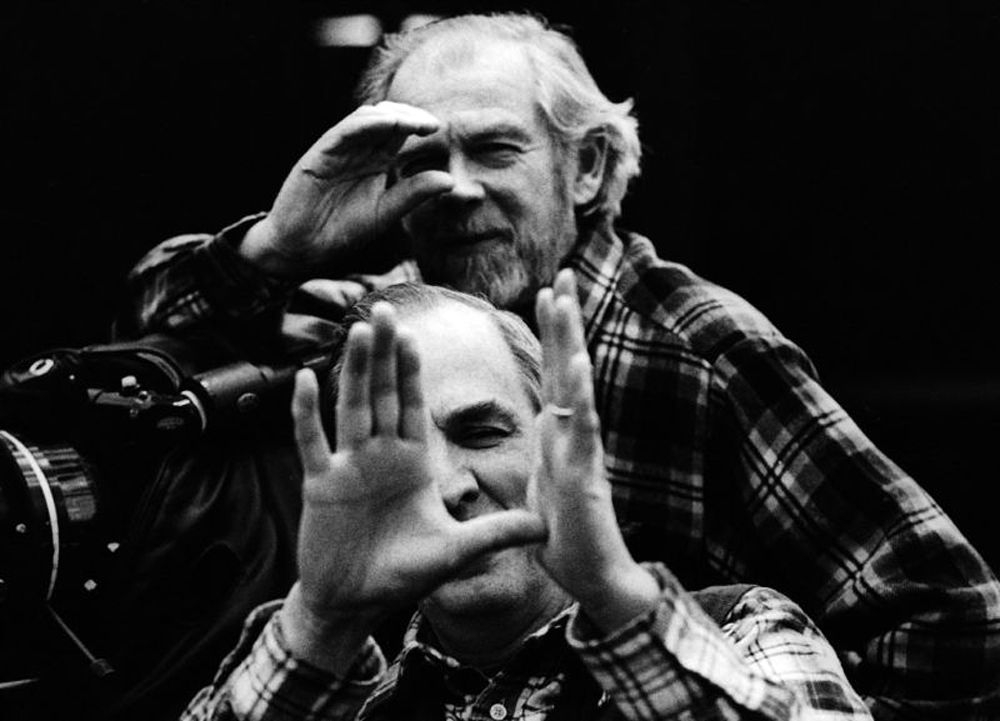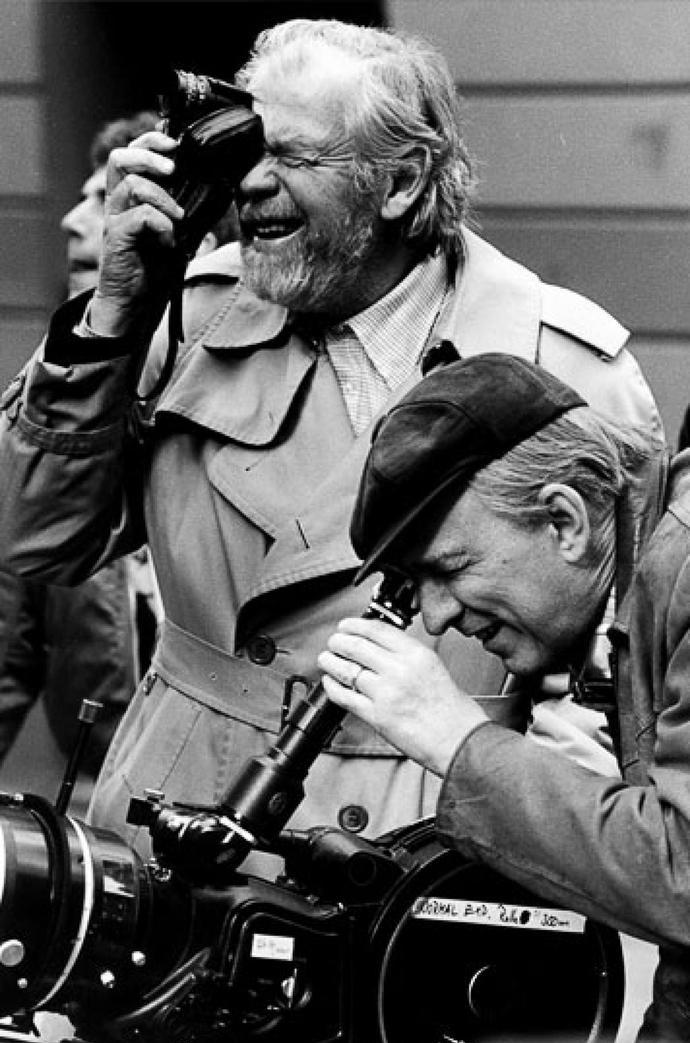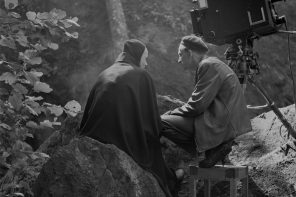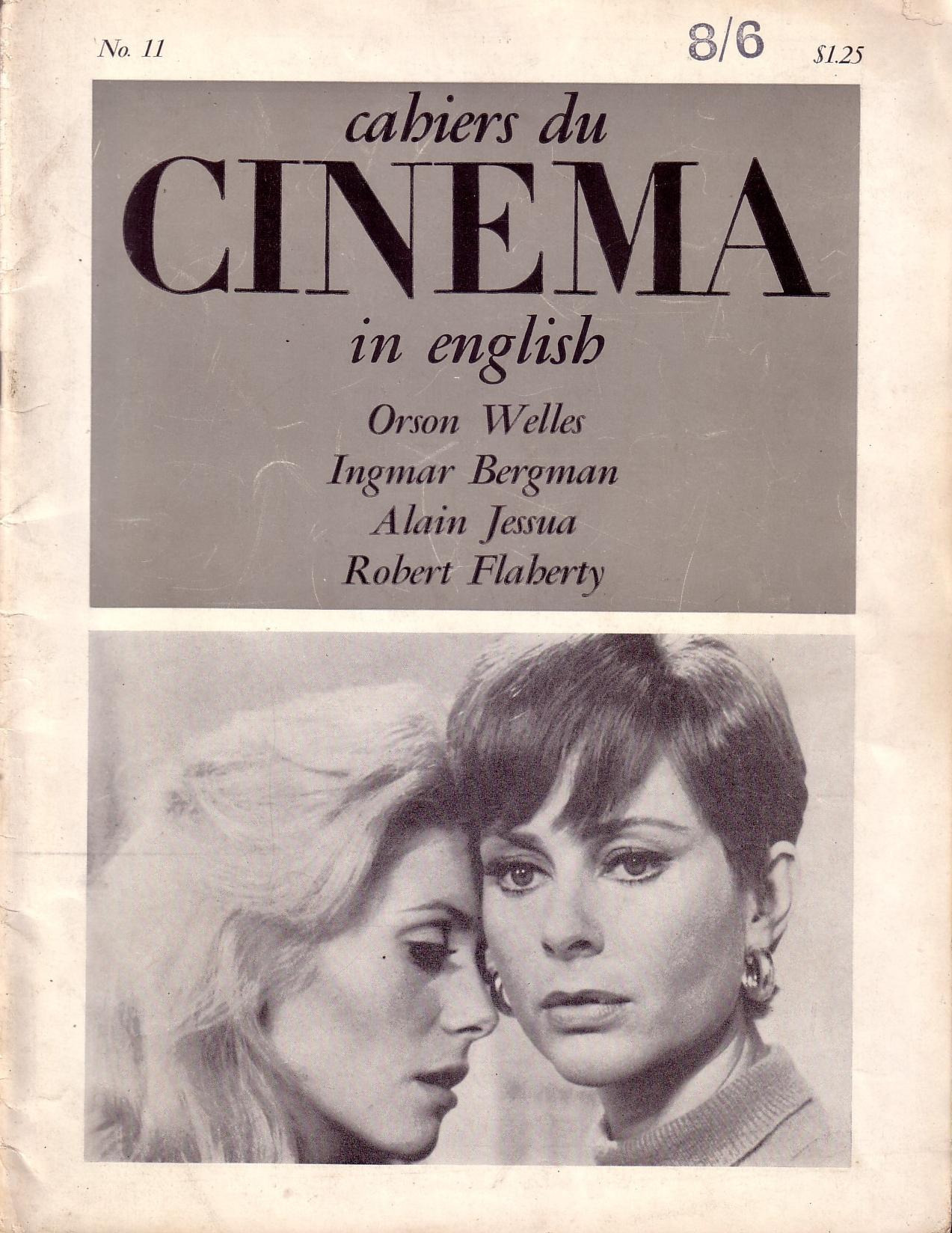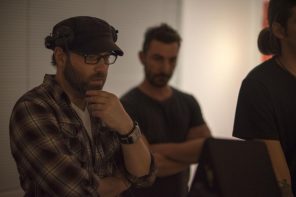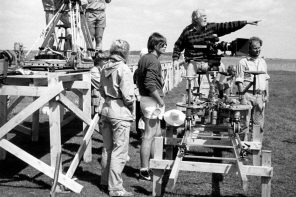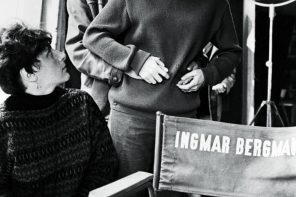The year is 1961 and Ingmar Bergman is making a movie. While planted on the scene as apprentice to Bergman, Vilgot Sjöman (director, I Am Curious–Yellow, 1967), suggests to Swedish Television that they take the opportunity to record with the acclaimed director. In August, Sjöman and the television crew begin to capture what would become a comprehensive five-part documentary on the making of Winter Light, offering views of script development, set construction and lighting, rehearsals and editing, as well as intimate conversations with Bergman and members of his cast and crew. Footage from the film’s Swedish premiere delivers immediate audience reactions and the critics’ reviews the following day. Originally recorded on 16mm film, the television series Ingmar Bergman Makes a Movie has subsequently been included in a bonus disc of the Criterion Collection‘s box set of A Film Trilogy by Ingmar Bergman. Brian Burke of DVD Verdict called it the “best documentary I’ve ever seen on the filmmaking process,” adding Bergman appears “candid, relaxed, and animated.”
The film documents Bergman’s creative process before, during, and after the filming of Winter Light, and is divided into five episodes. For English subtitles, click CC.
THE SCRIPT
Includes an interview with Bergman about writing the screenplay; discusses casting, choice of locations, lighting, costumes, etc. Interviews with cinematographer Sven Nykvist, costume designer Max Goldstein, prop master K.A. Bergman, and actor Gunnar Björnstrand.
FILMING—PART I
Shows Bergman’s directing style as Gunnar Björnstrand and Ingrid Thulin are guided through a key scene in the film (in an essay included with the disc, Sjöman reveals that this episode is an “arranged rehearsal,” made several days after the real shooting for the scene had been done).
FILMING—PART II
An on-set interview of Bergman by Sjöman about his directing philosophy, strengths and weaknesses.
POSTPRODUCTION
Goes step-by-step through the editing of one scene from the raw footage through the final edit. It also covers the sound mixing.
THE PREMIERE
Shows the planning of the film’s release, both in Sweden and internationally; interviews audience members and critics about their reaction to the film.
DOCUMENTING WINTER LIGHT BY VILGOT SJÖMAN
I wrote my first drama when I was seventeen. I showed it to Ingmar Bergman who then was twenty-four. Later on in life I started to write screenplays and needed to know how a director works. So I put a question to Ingmar: Could I follow you closely, stage by stage, while you are making a film? I went to my publisher—Yes, he would very much like to have a “Diary with Ingmar Bergman.” It was called L 136, which means Long feature film No. 136 in the annals of Svensk Filmindustri. I went to Swedish Television—Yes, they would very much like a documentary. It was called Ingmar Bergman Makes a Movie.
This must have been the first and only time he let someone document his filmmaking from the first idea to the first showings. A long journey. I was free to collect everything I saw and heard while Bergman was making The Communicants (Winter Light is the U.S. distributor’s evasion of the Swedish title.) Bergman avoided some things, though. He was afraid of letting me read the first sketches he put on paper. These were later published in Bergman’s book Images: My Life in Film. So here we find the embryo for the film: the minister alone in the church, trying to force God out of his silence.
Bergman was also afraid of letting the TV crew into the studio while he was working with the actors, so what I got for the TV series is an arranged rehearsal, made on a separate day after the real shooting was finished. And Bergman played his director’s part so well that the usual nervous tension arose in the collective: Finally everyone worked as if they had forgotten the TV cameras. Concerning the many interviews I recorded with him, Bergman put all his professionalism into them. When time was ripe for the last interview, he didn’t approve of the result. “No good,” he said. He was blaming himself for being too superficial. “We have to do it once more, Vilgot.” So we did. —Vilgot Sjöman
Get Cinephilia & Beyond in your inbox by signing in
[newsletter]
